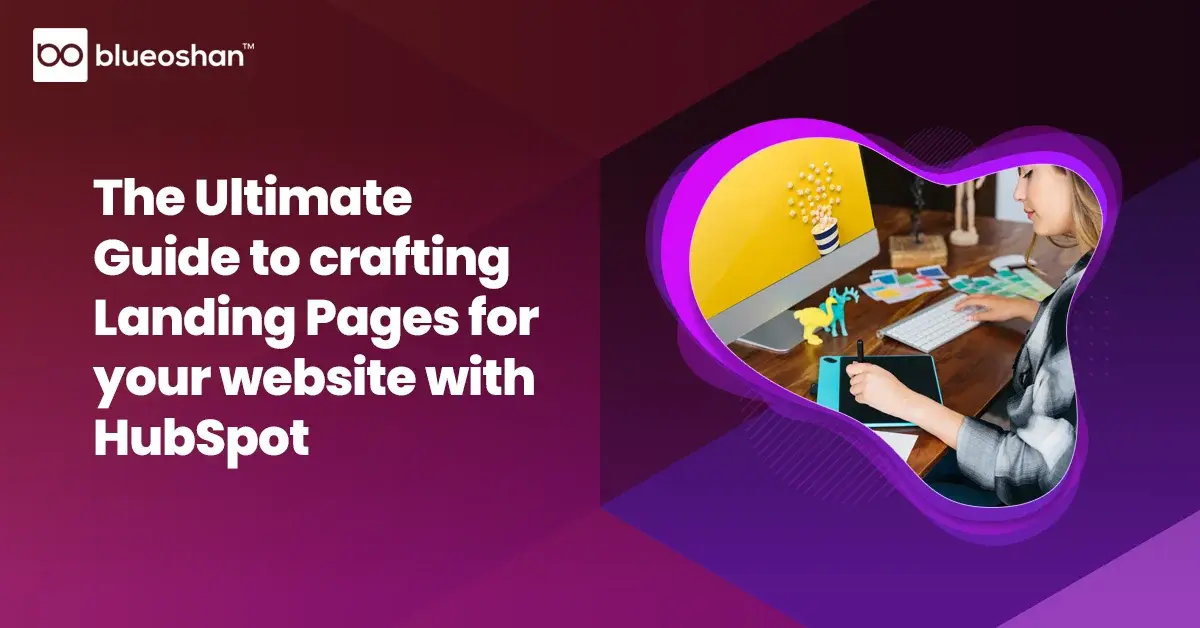-
MarTech Services
- HubSpot
- OneSignal
HubSpot
Technical Consulting
Partner with experts who understand your HubSpot systems and business needs inside out.
Revenue Operations
Drive revenue growth with tailored RevOps strategies designed for HubSpot users.
Hubspot Integration Services
Seamlessly integrate HubSpot with your existing tools to enhance operational efficiency.
Sales Enablement
Boost your sales team’s efficiency with focused HubSpot Sales Enablement solutions.
CRM Data Migration
Effortlessly migrate your CRM data to HubSpot with precision and support.
Hubspot Onboarding
Efficiently onboard clients to HubSpot, ensuring a smooth transition and rapid platform adoption.
HubSpot Administration
Maximize your HubSpot investment with expert management and optimisation tailored for HubSpot clients.
Marketing Assets Development
Develop, deploy, and manage digital assets, ensuring a fresh and engaging presence.
-
Solutions
-
Website Services
Website Development
We bring together expertise, creativity, and measurable results, making us the go-to choice for HubSpot website creation.
Website Migration
Our approach to website migration goes beyond a technical transfer; we prioritize a user-centric experience.
Website Maintenance
Optimize your online presence with effective, growth-driven websites focusing on nurturing website visitors, creating and deploying content, and tracking progress with precision.
Website Audit
Is your website performing at its peak? Our CMS Consultants are here to help you find out with our comprehensive Website Audit service.
-
Resources
-
Company
Clients
We have worked with clients from various industries across the globe, making our journey diverse and exciting.
Team
We put decades of experience where our mouth is. So what you get is market-tested and tried, not theory. We believe in plain speak, which we believe works better than jargon.
Solutions Partner
BlueOshan is not just a partner; we are among the most experienced and adept in the HubSpot ecosystem.
- Contact Us
Designing Your Website with SEO in Mind: Tips and Strategies

Asphia Khan
September 16, 2024

A lot of websites look stunning but fall flat when it comes to attracting organic traffic. Sure, a well-designed website looks great and increases user engagement, but if it’s not optimised for search engines, you’re missing out on a ton of potential visitors. The important thing is to get your website to show up on the SERP - only then will users come to your website.
The key is to design your website with SEO in mind from the get-go.
Designing a website with SEO in mind does not mean compromising on style. The goal is to build a site that is appealing to both users and search engines.
Why Should SEO be a part of your Website Design?
If you ignore SEO when designing your site, you risk having a highly functional site that your target audience can’t find. That defeats the purpose of a good site. On the flip side, if you only focus on SEO and neglect design, you might attract visitors, but they won’t stay on your web pages for long. To truly grow your website and facilitate organic traffic and conversions, you need to do both. One without the other will not be fruitful.

Make your website mobile-friendly
Make sure your website looks and works well on mobile devices. Since people browse on their phones more, and Google prioritises mobile-friendly websites in its ranking, this is a no-brainer.
ASOS nails with their mobile website. It's easy to navigate, loads quickly, and makes shopping on a phone just as easy on a desktop. This not only gives users a great experience but also helps ASOS rank higher on the SERP.
Don’t ignore mobile users or create a separate mobile site that’s different from your main site. That's outdated and can also lead to duplicate content issues that Google can flag. Think about how frustrating it is when you go to a site on your phone and find that you have to zoom in and scroll through - you probably want to leave immediately.
Tip: Use a responsive design so your website adjusts to fit any screen size. Test it on different devices to ensure it is user-friendly across all devices - Android and iOS.
Keep Your Site Speed in Check
Nobody likes waiting for a slow website to load—unless necessary. Plus, slow sites rank lower on search engines. A high-performing website loads in less than 3 seconds. So that’s what you should aim for.
BBC’s website is a good example. Despite having tons of content, they use image compression and lazy loading to keep the site fast.
Don’t load your website with massive images and videos that can slow it down. Forever 21 once had this issue because they didn’t compress their high-resolution photos, resulting in slow load times. They’ve since fixed it, but it was a lesson learned the hard way.
Tip: Compress images, use a good hosting service like HubSpot’s Content Hub, and minimise heavy scripts. Use tools like Google PageSpeed Insights to check your site's speed.
Use Clear and Simple URLs
Simply put, your URLs should be easy to read and should include keywords related to the page’s content.
Moz uses URLs like - https://moz.com/blog/seo-tips. It's short, includes keywords, and tells you exactly what the page is about. That is the best practice, and BlueOshan follows this on all sites they build, such as https://www.blueoshan.com/website-services.
Don’t use confusing URLs with random numbers or symbols. For example,
https://example.com/page?id=12345 - doesn’t help anyone understand what’s on the page. It’s not user-friendly, and search engines aren’t fans either.
Tip: Create concise URLs that hint to users and search engines about the page. Use hyphens to separate the words.
Optimise Your Images and Media
Images are great for making your site look good, but they can also slow it down if not optimised. Shopify is great at this. They compress images to speed up load times and use alt text for better SEO. This helps them rank in both regular and image search results.
Never skip adding alt text or use huge, uncompressed images. A site packed with high-resolution images that aren’t optimised will load slowly and frustrate users. It’s the quickest way to lose visitors.
Tip: Use compressed image files and add descriptive alt text to help search engines understand what the images are about.
Make Navigation Easy and Intuitive
A user-friendly navigation structure not only helps visitors find what they are looking for but also helps search engines understand your website better.
Don’t use overly complex menus with too many layers—a site with hidden dropdowns and confusing labels can quickly cause visitors to bounce and confuse search engines.
Apple’s website is super easy to navigate. The menu is clear, and internal links are used effectively. This makes it easy for visitors to find products and for search engines to index the site properly.
Tip: Use a simple menu and include internal links to guide users through your site.
Focus on User Experience (UX)
User experience is a key part of Search engine optimisation. If visitors have a good experience on your site, they are more likely to stick around, reducing bounce rates.
It is not advisable to overwhelm visitors with flashy animations, pop-ups, or too many ads. If your site looks like a maze of distractions, visitors will leave, and Google will note the high bounce rate.
Slack has a brilliant User Experience. Their site guides you through the product with simple navigation and engaging content. Their calls to action are clear, and the layout is clean and easy to follow.
Tip: Use clear CTA’s, break up text with headings and images and ensure your content is easy to read.
BlueOshan’s website developers leverage the power of HubSpot Content Hub to build SEO-friendly, high-performing websites that drive growth. We prioritise mobile-first design using HubSpot’s responsive tools, ensuring every site works well on all devices.
Using HubSpot’s optimisation features, we build fast-loading websites that keep visitors engaged and improve search rankings. We focus on building clean, keyword-rich URLs, optimising images, and making sure they have alt text to enhance site speed and search visibility.
We design intuitive navigation structures that guide visitors smoothly through the site, improving user experience and signalling value to search engines. With HubSpot’s built-in SEO tools, we continuously monitor and improve site performance, ensuring it stays optimised and competitive.
Talk to our expert web developers and learn how we can make it happen for your website.




